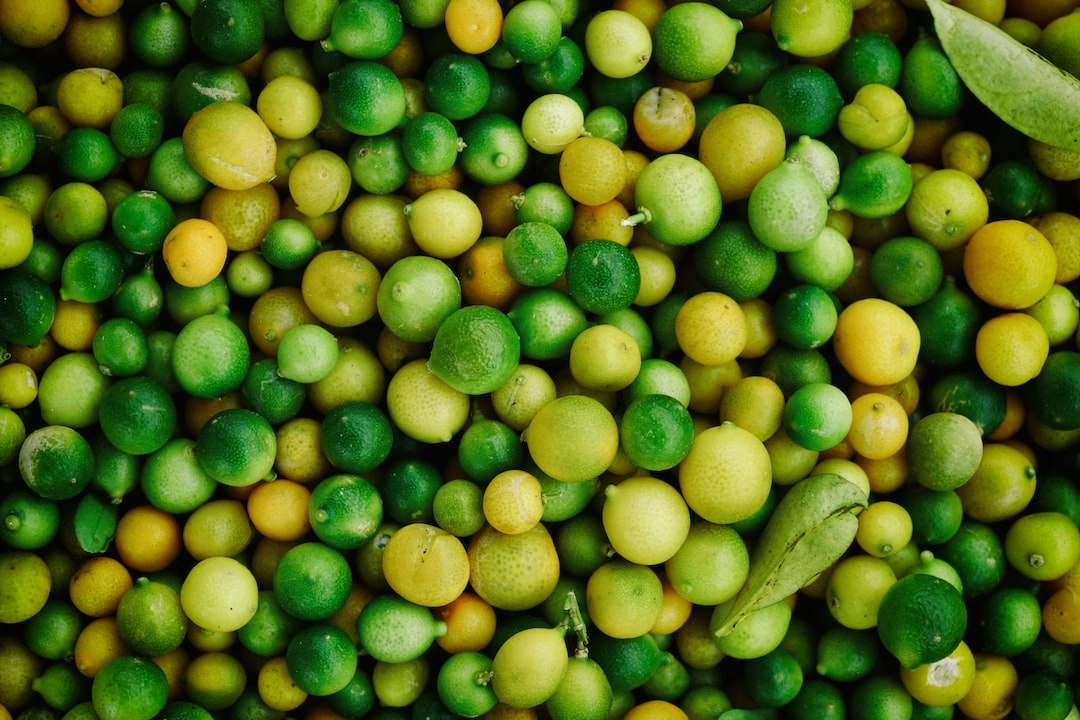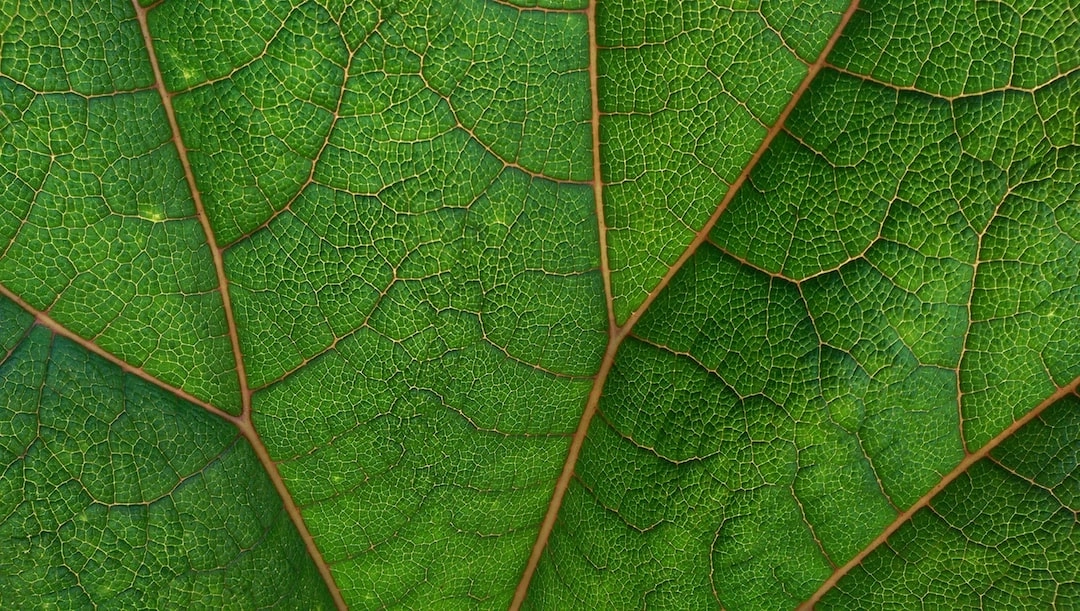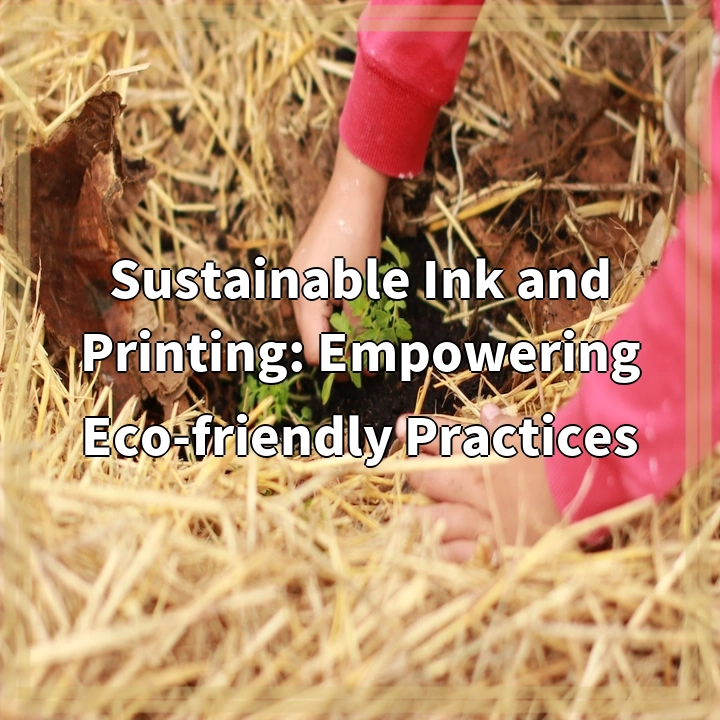
What are Green Techniques in Lithography?
Green techniques in lithography refer to environmentally friendly methods and practices used in the field of lithographic printing. Lithography is a printing process that involves creating images or designs on a flat surface, usually a metal or stone plate, and transferring those images onto paper or other material. Green techniques aim to minimize the negative environmental impacts associated with traditional lithographic processes.
Real-World Problems Associated with Traditional Lithography
Traditional lithography processes often involve the use of harmful chemicals and solvents that have negative impacts on the environment and human health. These chemicals can include volatile organic compounds (VOCs), heavy metals, and various solvents.
One major environmental problem is the generation of hazardous waste from the disposal of these chemicals. Improper disposal can lead to soil and water contamination, posing risks to ecosystems and human populations. Additionally, the release of VOCs into the atmosphere contributes to air pollution and can have adverse effects on air quality and human respiratory health.
Another issue with traditional lithography is the high energy consumption associated with the printing process. Conventional lithographic presses require a significant amount of energy to operate, contributing to carbon emissions and contributing to climate change.

Promising Solutions for Green Techniques in Lithography
With the goal of mitigating environmental impacts and promoting sustainability, several solutions have been developed to address the problems associated with traditional lithography processes. These solutions offer greener alternatives that are both technologically advanced and environmentally conscious.
1. Use of Water-Based Inks
One solution involves the use of water-based inks instead of solvent-based inks. Water-based inks are non-toxic, have lower VOC emissions, and are easier to clean up. This significantly reduces the environmental footprint of the printing process and minimizes health risks for workers.
2. Adoption of Low-VOC and Chemical-Free Plate Production
Another solution is the development and adoption of low-VOC (volatile organic compounds) or chemical-free plate production processes. This reduces the emission of harmful chemicals during the plate manufacturing stage, helping to protect air quality and reduce environmental pollution.
3. Implementation of Energy-Efficient Technologies
Energy consumption can be reduced by implementing energy-efficient technologies in lithographic presses. This includes using advanced drying systems, optimizing press settings, and utilizing renewable energy sources whenever possible. These measures contribute to lower carbon emissions and reduced energy costs.
4. Recycling and Proper Disposal of Waste
A sustainable approach involves the proper disposal and recycling of waste materials generated during the lithographic process. Recycling initiatives for used plates, inks, and cleaning solvents can help minimize the environmental impact of lithography and reduce the amount of waste sent to landfills.
5. Adoption of Digital and Computer-to-Plate (CTP) Technologies
Digital and Computer-to-Plate (CTP) technologies offer an environmentally friendly alternative to traditional lithographic processes. These technologies eliminate the need for physical plates and solvent-based chemicals. They reduce waste, lower energy consumption, and provide more precise printing control.















